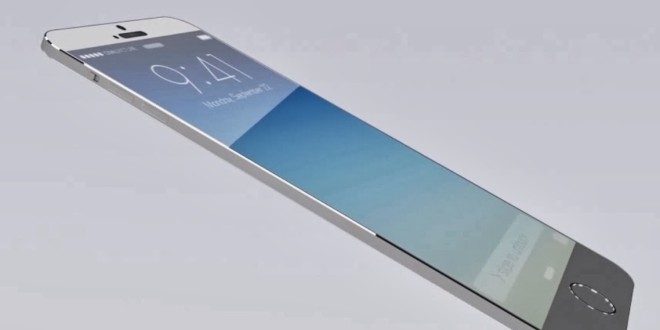Apple's interest in audio technology goes beyond the audio jack
Apple’s investment in “high-resolution sound” is ongoing, beyond the company’s intention of making the 3.5mm audio jack obsolete. Evidence of Apple’s interest in designing advanced audio hardware for future devices, can be traced back to the iPad Pro’s somehow underrated quadraphonic audio system, which uses the device’s gyroscopic sensors to determine the position of the tablet, and automatically re-calibrate the sound emitted from each speaker, for a fuller, more life-like experience.

With only about six months from the launch of the iPhone 7, the above suggests several indicators that Apple will be implementing a number of new standards, not only in the iPhone 7, but across the entire range of iOS devices.
One piece of information that’s acquiring near-certainty status, is that Apple will stop supporting the analog 3.5mm audio jack, and will replace it with a Lightning connector.
Upon launch of the iPhone 7, Apple is allegedly planning to offer wireless earbuds, free of charge, with the new handset, while getting ready to launch a pair of noise-canceling headphones featuring a Lightning connector cable.
There is also evidence that the same, or similar audio system build into the iPad Pro, will also be featured in the iPhone 7, as a set of four tiny speakers, distributed on each corner of the smartphone. Just like the quad speakers on the iPad Pro, the audio system on the iPhone 7 will automatically adjust, depending on the orientation of the device.
A good example to better understand how this type of quad speaker system works, is to watch a video featuring a train coming from a distance.
Conventional dual speakers will emit sound from left to right, if the train is traveling from the left side of the scene towards the top or bottom right corner. If we were to turn the tablet horizontally, with the speakers positioned at the top and bottom of the device, the sound from the train will appear to follow a vertical trajectory. By the same token, if we were to turn the device upside-down, or by 180 degrees, the position of the sound will “feel” opposite to where the train is traveling from.
The quad speakers on the iPad Pro will determine the position of the tablet, and adjust the sound to match the position of the video being played back.
It’s also plausible that Apple will build the next iPhone with a wireless charging mechanism, another rumor that makes sense in consideration of the company eliminating the conventional audio jack. By enabling wireless charging, consumers will be able to use the Lightning connector to listen to music, while the device’s battery is recharged.
The focus on thinness is also another reason that makes the Lightning connector a strong possibility, as it will enable the next iPhone to lose quite a bit of bulk, in respect to the iPhone 6S. Even further, future iPads and iPod devices, are also likely to evolve in the same direction.
What about Macs?
It’s unlikely that Apple will replace the 3.5mm audio jack on MacBooks and other Mac products, however, quad speakers on Macs seem likely in future updates. With that said, we may have to wait until 2017 to catch a glimpse.